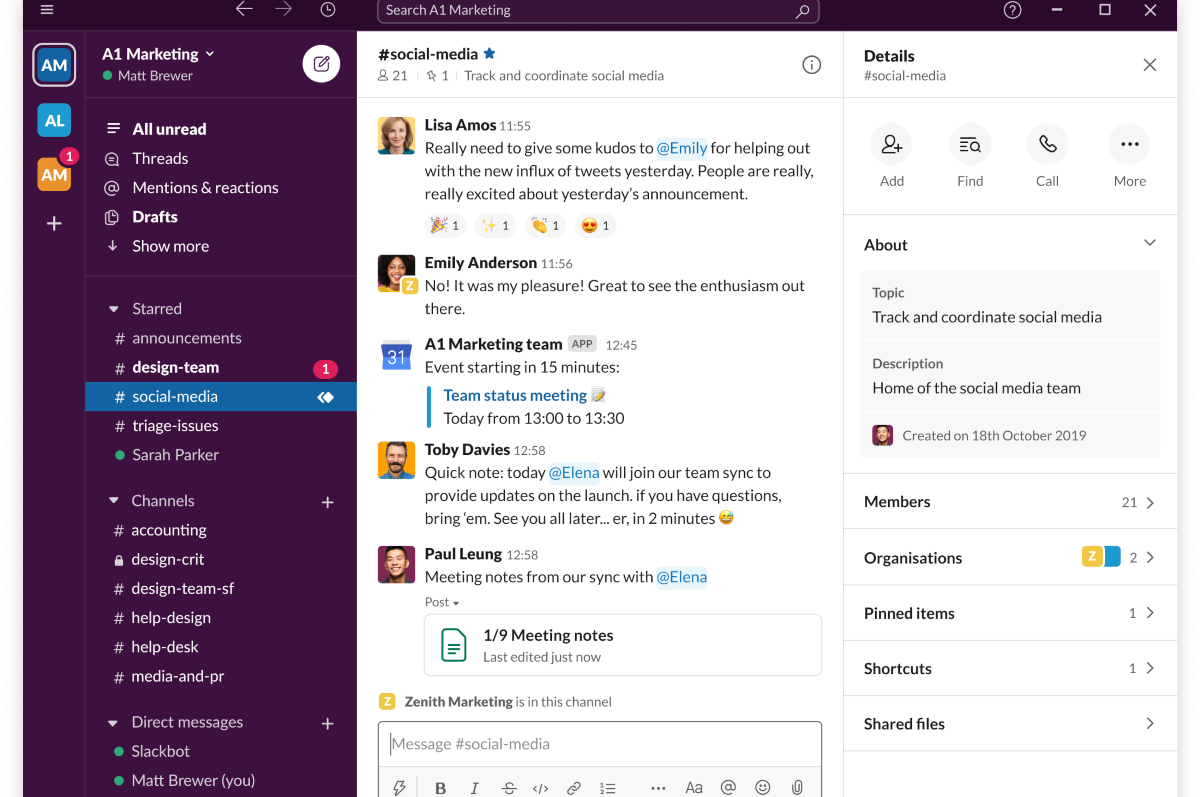

Be sure to include the name of the JAR file itself in the path, i.e.: s3://mybucket/ For Dependent jars path, fill in or browse to the S3 bucket where you uploaded the JAR file.

Glue Version: Select "Spark 2.4, Python 3 (Glue Version 1.0)".The latter policy is necessary to access both the JDBC Driver and the output destination in Amazon S3. IAM Role: Select (or create) an IAM role that has the AWSGlueServiceRole and AmazonS3FullAccess permissions policies.Name: Fill in a name for the job, for example: SlackGlueJob.Click Add Job to create a new Glue job.Navigate to ETL -> Jobs from the AWS Glue Console.Select the JAR file () found in the lib directory in the installation location for the driver.Select an existing bucket (or create a new one).In order to work with the CData JDBC Driver for Slack in AWS Glue, you will need to store it (and any relevant license files) in an Amazon S3 bucket. Upload the CData JDBC Driver for Slack to an Amazon S3 Bucket In this article, we walk through uploading the CData JDBC Driver for Slack into an Amazon S3 bucket and creating and running an AWS Glue job to extract Slack data and store it in S3 as a CSV file. Using the PySpark module along with AWS Glue, you can create jobs that work with data over JDBC connectivity, loading the data directly into AWS data stores.

AWS Glue is an ETL service from Amazon that allows you to easily prepare and load your data for storage and analytics.


 0 kommentar(er)
0 kommentar(er)
